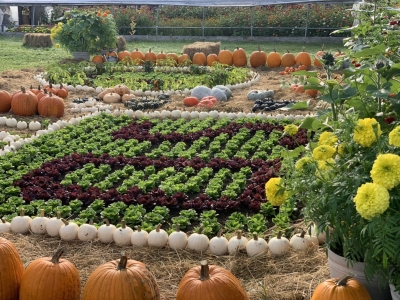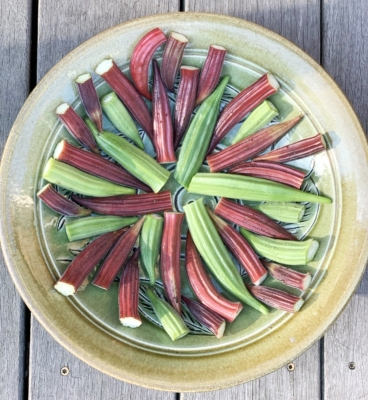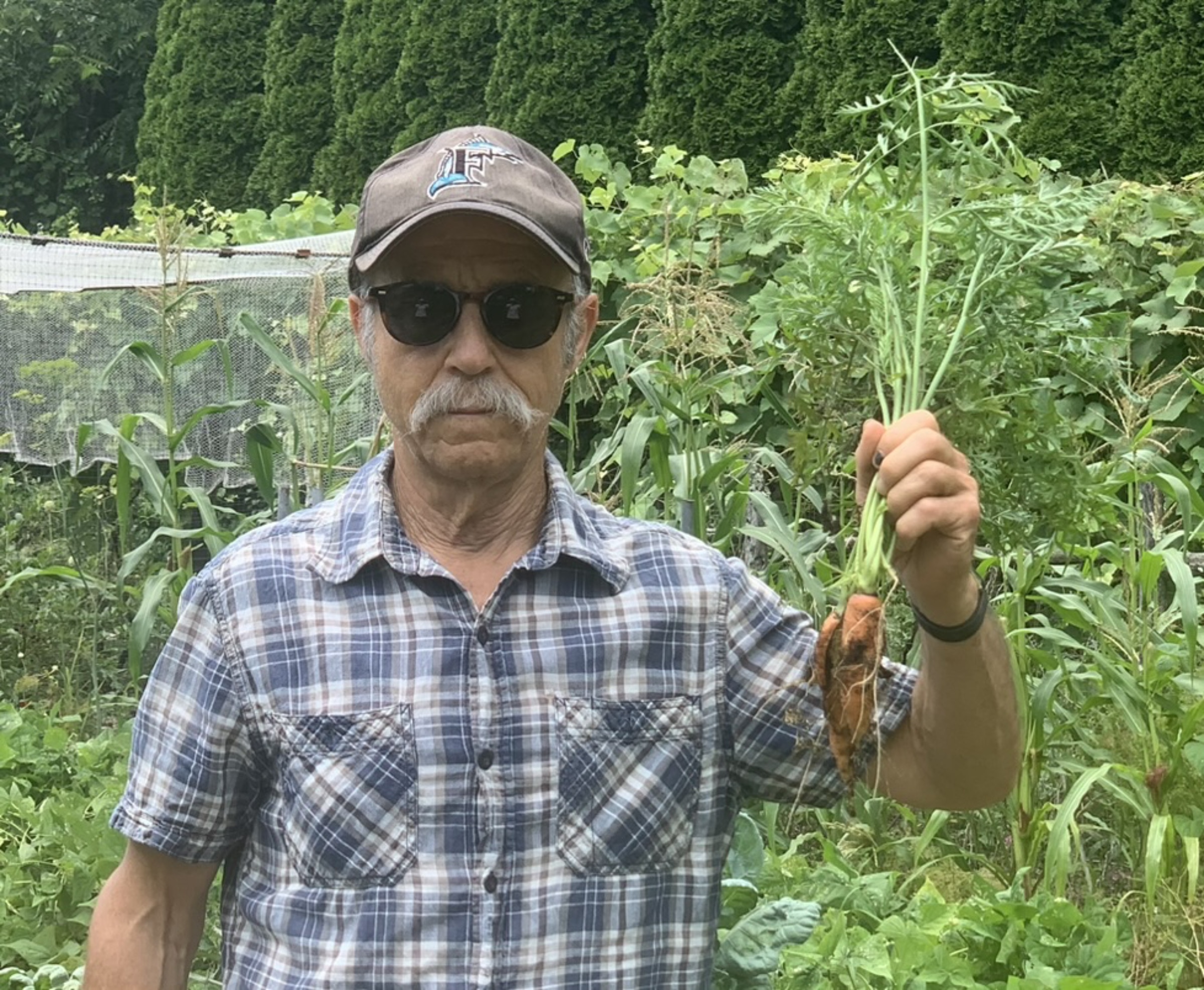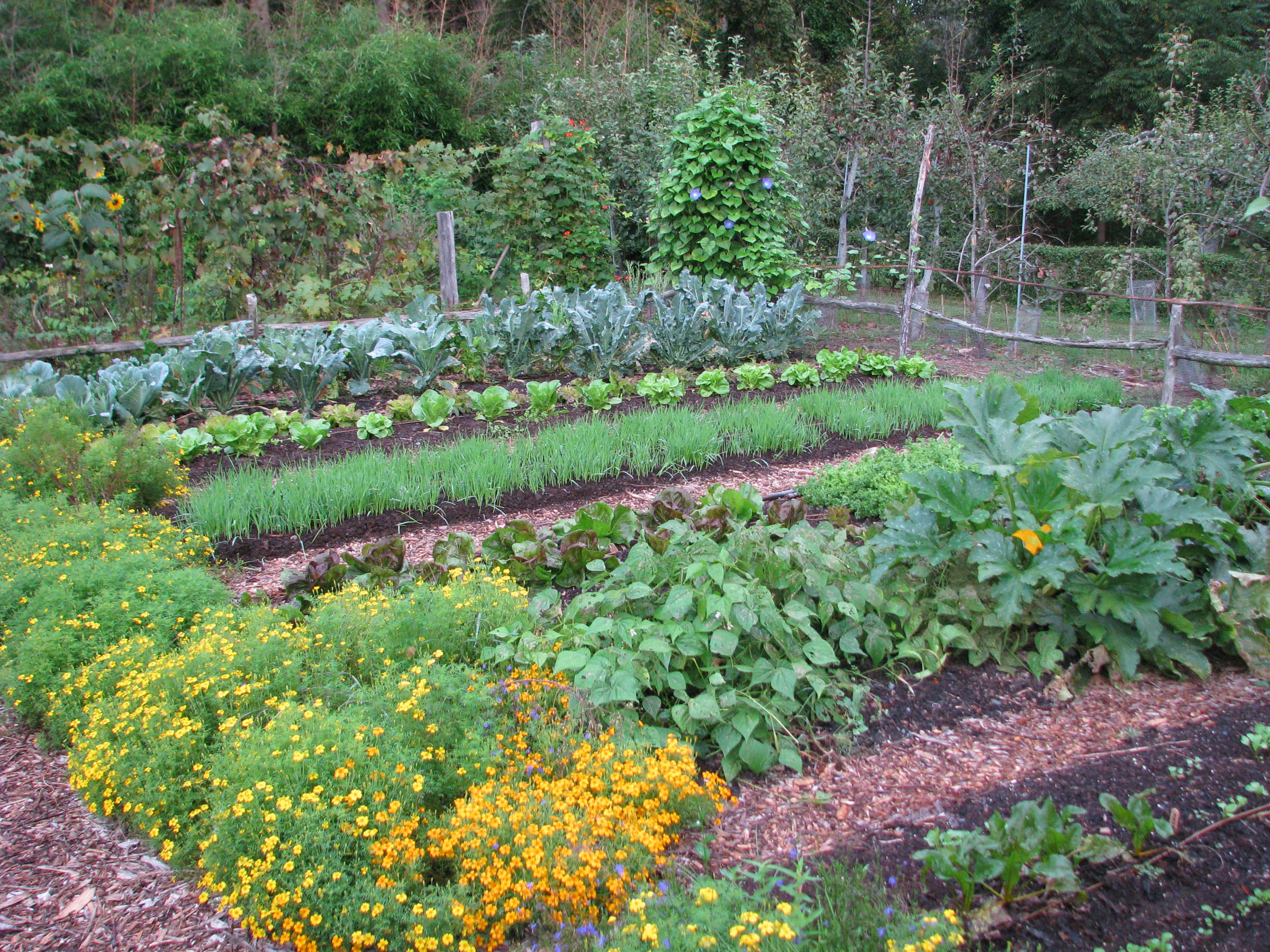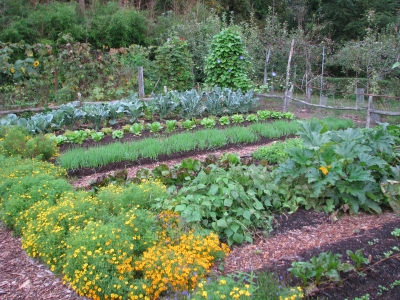Lack of Green Thumb, Or Something Else?
I just sunk my teeth into a carrot pulled mere minutes ago from the garden; the taste was not good! I’m not surprised, because that’s often the case with my carrots. For the reason why, I might turn to a book, one of my books, The Ever Curious Gardener, the last chapter where I talk about the senses, including flavor.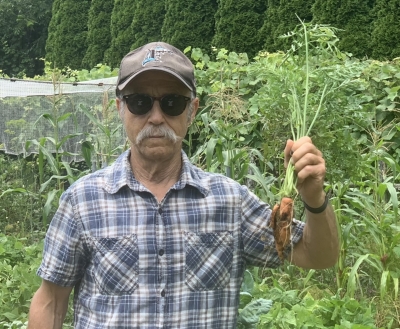
In that chapter I delve into various influences on flavor, things such as soil, light, moisture, day length, and temperature. They’ve all been studied, but mostly each by itself. Quoting myself,
With light, moisture, temperature, day length — so many variables — making their mark on flavor, a more additive approach to growing flavorful crops might be more useful rather than trying to parse out individual, interacting, influences.
This kind of attention has been lavished on studies with carrots by raising them in phytotrons, where light duration and intensity, day and night temperatures, and humidity can be manipulated, in pots of various types of soil. Testing soils and growing conditions mimicking those of Wisconsin, California, Florida, and Texas, the best flavored carrots…drum roll…were those grown in mineral, especially loam, soils as compared with muck soils (drained swamplands rich in organic matter) under mild winter conditions (such as in California). I’m not ready to relocate to be able to grow the most perfect carrot, and no need. Variety choice was still the most important determinant of flavor.
Read more
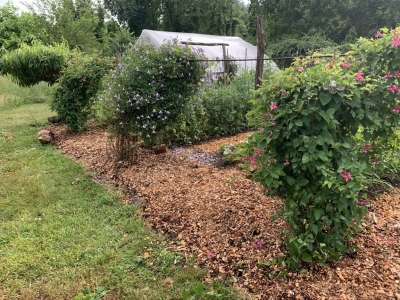

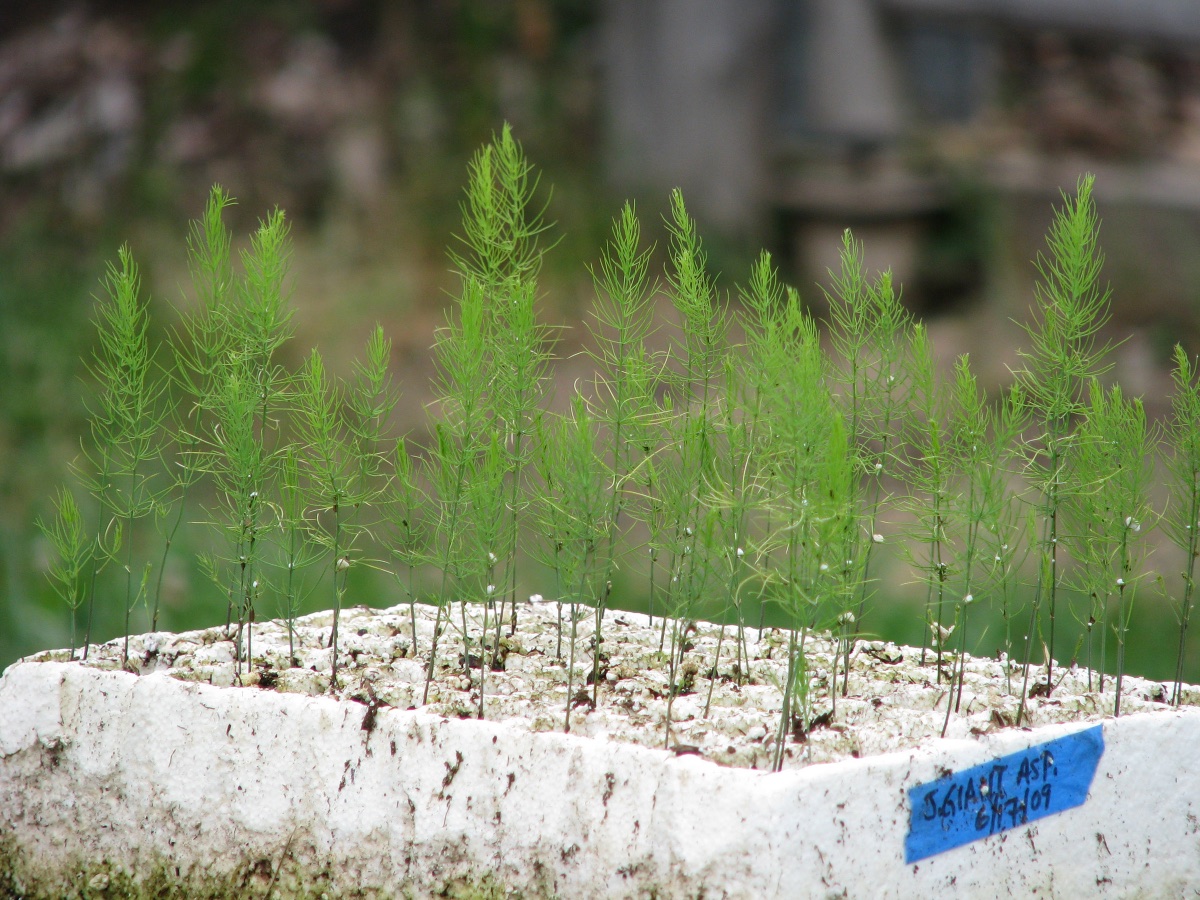
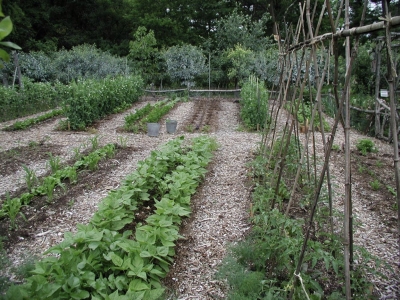

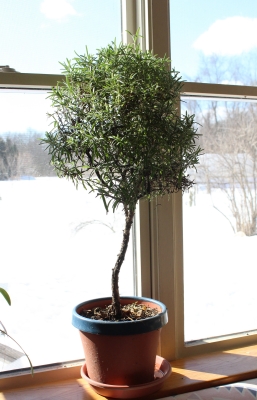
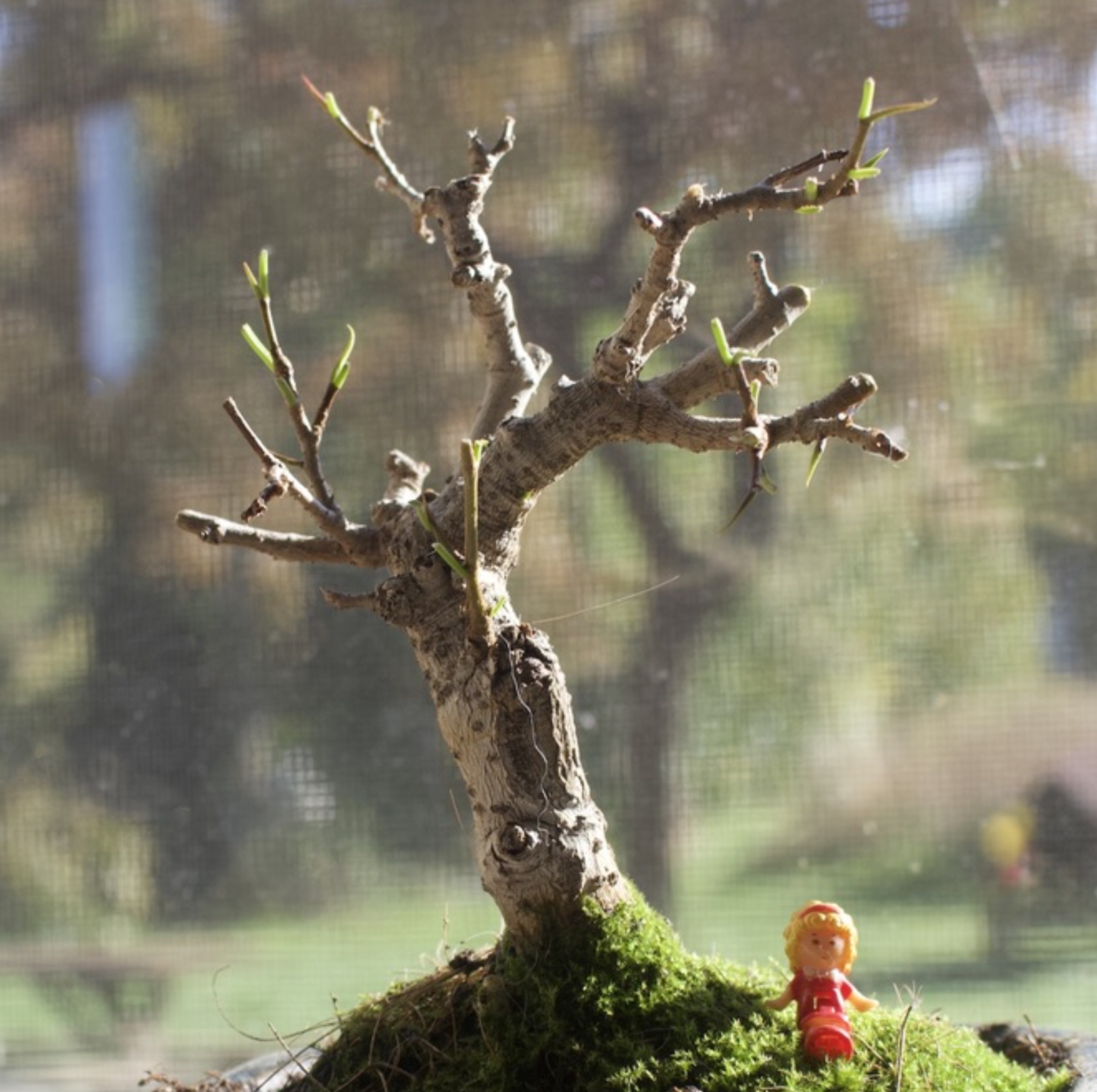
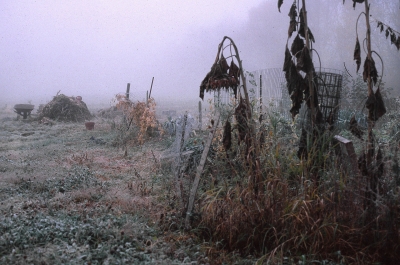
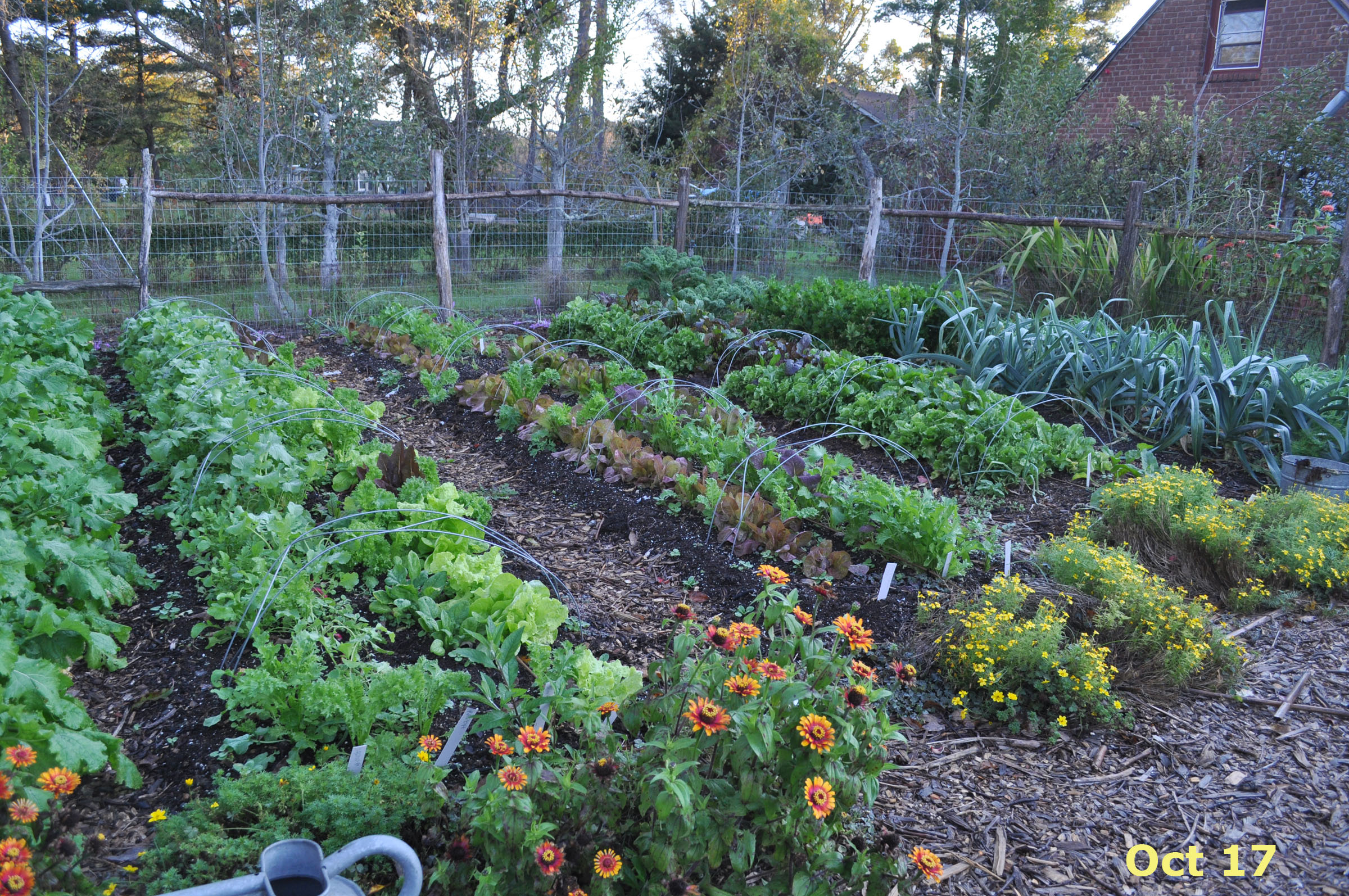
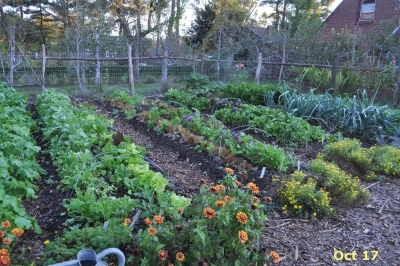 Recently, as I opened and walked through the gate into my vegetable garden, I thought, hmmm, things are looking pretty spiffy in the garden. Even a seasoned gardener friend remarked, “There’s so much green!” And that green is not from weeds, but from neat rows of napa cabbages, large heads of lettuce in various shapes and shades of green, and dark green rows of arugula and mustard. Leafy tops of Watermelon radishes (the name from the look of the sliced roots, not any affinity in flavor) and sweet Hakurei turnips perched above swelling roots.
Recently, as I opened and walked through the gate into my vegetable garden, I thought, hmmm, things are looking pretty spiffy in the garden. Even a seasoned gardener friend remarked, “There’s so much green!” And that green is not from weeds, but from neat rows of napa cabbages, large heads of lettuce in various shapes and shades of green, and dark green rows of arugula and mustard. Leafy tops of Watermelon radishes (the name from the look of the sliced roots, not any affinity in flavor) and sweet Hakurei turnips perched above swelling roots. 
